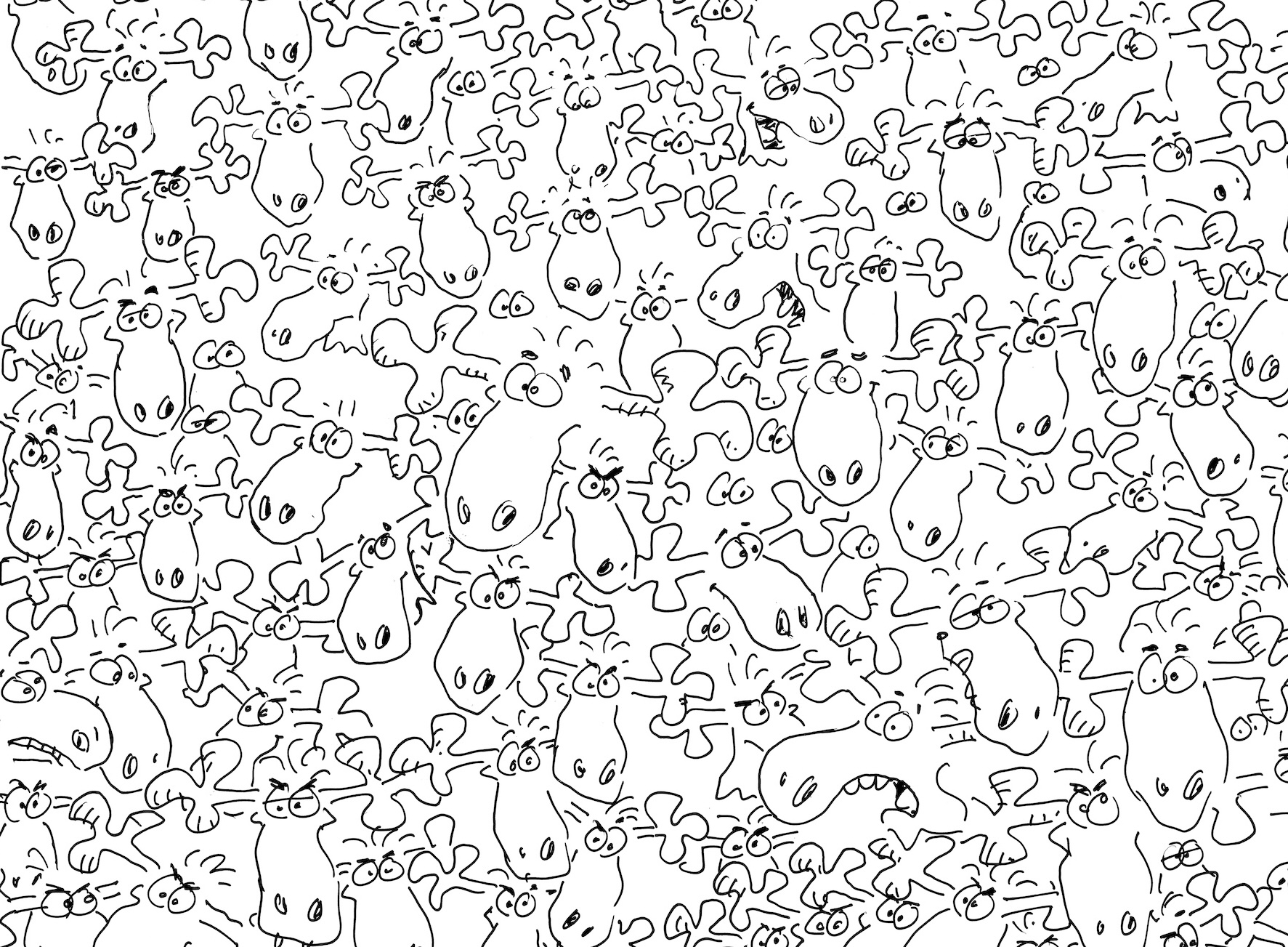The Velvet Underground were famously the band who had only a very small fanbase while they were around - but, the joke went, every single one of those fans started bands of their own. So they were massively influential, which is nice, but not usually what people start rock bands to achieve.
Koren Shadmi's 2023 graphic novel All Tomorrow's Parties: The Velvet Underground Story tells the story of the band in comics format. It follows Shadmi's previous nonfiction books Lugosi and The Twilight Man, more traditional pop-culture bios of a single person, as well as a number of Shadmi's fictional works, like Bionic. He's been making book-length comics for more than a decade now, through a bunch of variations, and clearly has the chops to do a more complicated book like this one, with multiple main characters and a lot of faces to get right on the page.
Now, I am not one of those fabled Velvets fans - I've heard their music, here and there, and obviously heard a lot of people influenced by them, but it's never been my thing. I'm here partly out of vague interest in the famous story, partly for the mid-60s vibe around Andy Warhol's Factory, and partly because I'm just keeping up with Shadmi's career.
So I think Shadmi does this well, but I might not be the one you trust on that. He frames the main story with Andy Warhol's 1987 funeral, the first time former Velvet creative titans Lou Reed and John Cale had spoken in nearly two decades, and tells the main story conventionally, starting with quick glances at Reed and Cale as tormented teenagers in Long Island and Wales, respectively, before bringing all the threads together in New York's Lower East Side in the early 1960s.
The core of the book is the early days - say roughly 1963 to 1970 - when Reed and Cale first met and started making music together, then forming the band, connecting with Warhol and his whole weird entourage/machine, and finally recording their first two records. The book doesn't exactly end when Reed kicks Cale out of the band unilaterally in 1968, but there's only two short chapters after that point: one a vignette of the band's life in 1970, their last failing grasp at popularity; and the other returning to the frame story in 1987 to show how Cale and Reed reconciled, made a record together about Warhol, and eventually had a small Velvets reunion in the early '90s.
That's probably as much of the story as I'll bother to explain: the core audience for this book knows all of these details much better than I do.
Shadmi focuses on the band members in a rough scale of importance: primarily Reed, only slightly lesser Cale, and then a big drop down to guitarist Sterling Morrison (who's part of a lot of scenes, but not as active), and then even more down to drummer Mo Tucker (who seems to have been pretty quiet to begin with). Nico is there but oddly, not really fitting in - just as she was in real life. He's good at their faces, though at times the book is oddly a series of images of Reed's craggy face masked by sunglasses - just as it was at the time, of course.
There's a lot of material here, and Shadmi has good control of it. I did wonder about some threads that never quite get resolved - Reed probably kicked his drug habit somewhere between 1970 and 1987 (or possibly even before 1970), but it doesn't happen in the book. But this is a big, messy story about a bunch of messy, complex people who fought a lot, did a lot of weird things, and were never that consistent about what they did or how they explained it afterward.
I'm slightly surprised there was a comics biography of the Velvets in the first place. I'm happy to see it's this serious, comprehensive, and through.




















 English (US) ·
English (US) ·